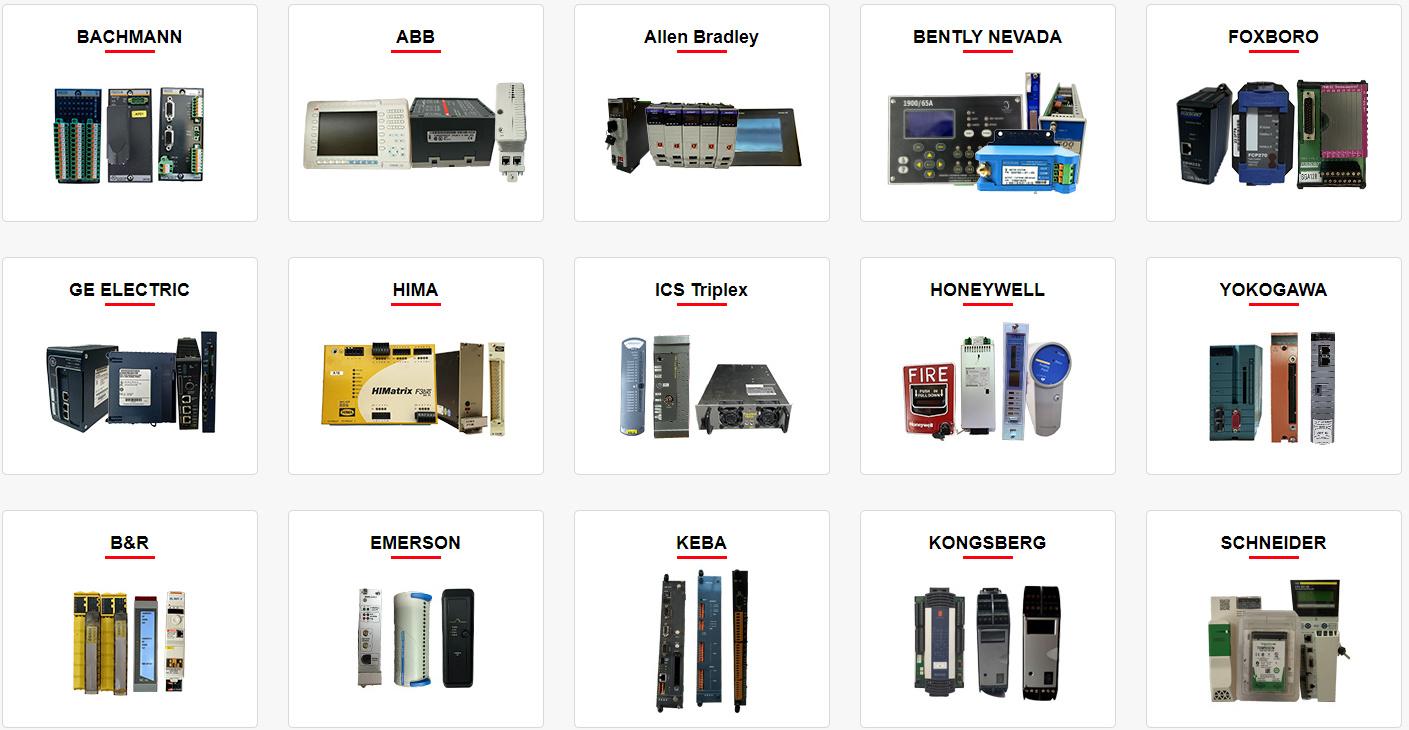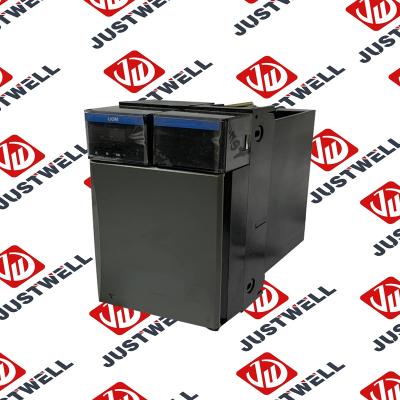
1747-L53 A-B Circuit Board
Item NO.:
1747-L53Payment:
T/TProduct Origin:
USAColor:
NewLead Time:
IN STOCK1747-L53 A-B Circuit Board
Safety relays are becoming a popular component in safety systems, due to increasing regulations and attempts to safeguard operators from hazards. When applied correctly, safety relays will detect failures in output and input devices, as well as internal failures, allowing power to be removed from a load, even if a contact is welded, and prohibit a subsequent restart of the load until the failure is corrected. Safety relays are just one component in the safety control system. All components in the system must be chosen and applied correctly, to achieve the desired level of operator safeguarding.
Additional Literature for Safety–Related Issues: • Understanding the Machinery Directive, publication SHB–900 • A Global Reference Guide for Reading Schematic Diagrams, publication 100–2.10 • Industrial and Safety Relay Selection Guide, publication 700–1.9 • Safety Relay Color Overview, publication 700–1.13 • Modular Control System, publication 100C–1.0.1 • Safety Interlock and Cable Pull Switches Color Overview, publication 802SS–1.0 • Stack Light Selection Guide, publication 855T–1.0 • Flexible Solutions In Control and Load Switches, publication 194–1.01 • 30mm NEMA Style Push Button Selection Guide, publication 800–1.2 • 22mm IEC Style Push Button Selection Guide, publication 800E–1.12 A safety relay: • Is designed with an internal circuit that will allow power to be removed from a load even if an internal contact welds. • The internal circuit is redundant and self–monitoring, using multiple, positive–guided relays. • Monitors faults in the safety relay, and the input (e.g. Start and Stop Buttons) and output (e.g. Auxiliary Relay) devices. • Typically replaces the relay (often a master control relay) that interfaces between input devices and contactors or starters. • Can be ordered with different numbers of contacts, like any other relay. • The contacts are called “monitored outputs” or “safety outputs”, and have two or more contacts in series to achieve redundancy for each load (refer to figure 1). • Is designed to meet requirements for safety categories as outlined in European Norm EN 954 and EN 574.
The structure and details of the product:
 Please make an inquiry for more models
Please make an inquiry for more models
AB 1756-LSP
AB 1756-LSP/B
AB 1756-M02AE
AB 1756-M02AS
AB 1756-M03SE
AB 1756-M08SE
AB 1756-M1
AB 1756-M16S
AB 1756-M16SE
AB 1756-N2
AB 1756-OA16
AB 1756-OA16I
AB 1756-OB16D
AB 1756-OB16E
AB 1756-OB16I
AB 1756-OB16I/A
AB 1756-OB16IEF
AB 1756-OB16IS
AB 1756-OB32
AB 1756-OB32/A
AB 1756-OB8
AB 1756-OF4
AB 1756-OF41794-ADN
AB 1756-OF6CI
AB 1756-OF6VI
AB 1756-OF8
AB 1756-OF8/A
AB 1756-OF81
AB 1756-OG16
AB 1756-OH8I
AB 1756-ON8
AB 1756-OV16E
AB 1756-OV32E
AB 1756-OW16I
AB 1756-OW16I/A
AB 1756-OX8I
AB 1756-PA72
AB 1756-PA72/B
AB 1756-PA72/C
AB 1756-PA75
AB 1756-PA75/A
AB 1756-PA75/B
AB 1756-PA75R
AB 1756-PAR2
AB 1756-PB72
AB 1756-PB75
AB 1756-PB75R
AB 1756-PBR2
AB 1756-PC75
AB 1756-PLS
AB 1756-PSCA2/A
AB 1756-RM
AB 1756-RM2
AB 1756-RM2/A
AB 1756SC-CTR8
AB 1756-SRM/B
AB 1756-TBCH
AB 1756-TBNH
AB 1756-TBS6H
Other best-selling products:


